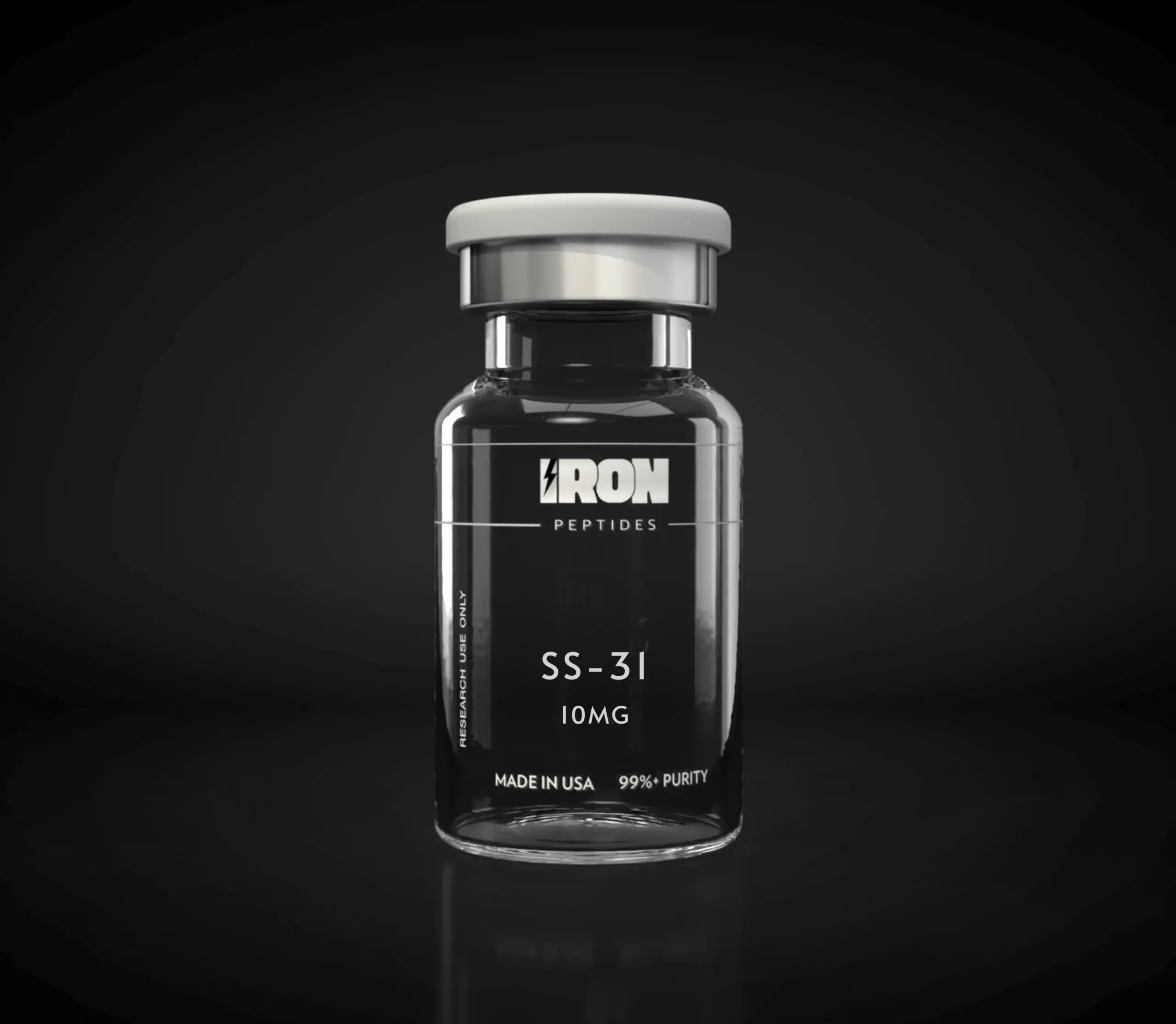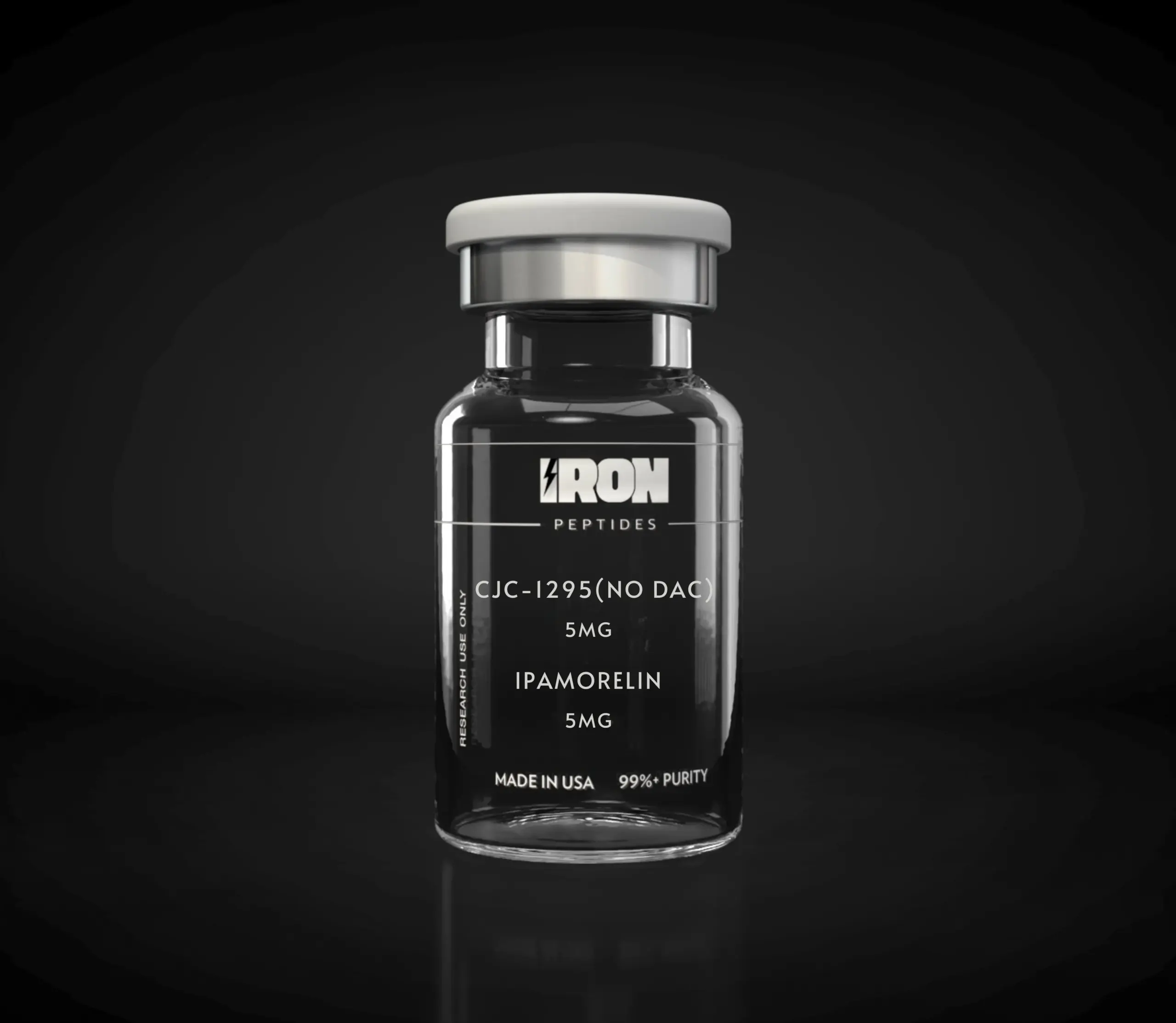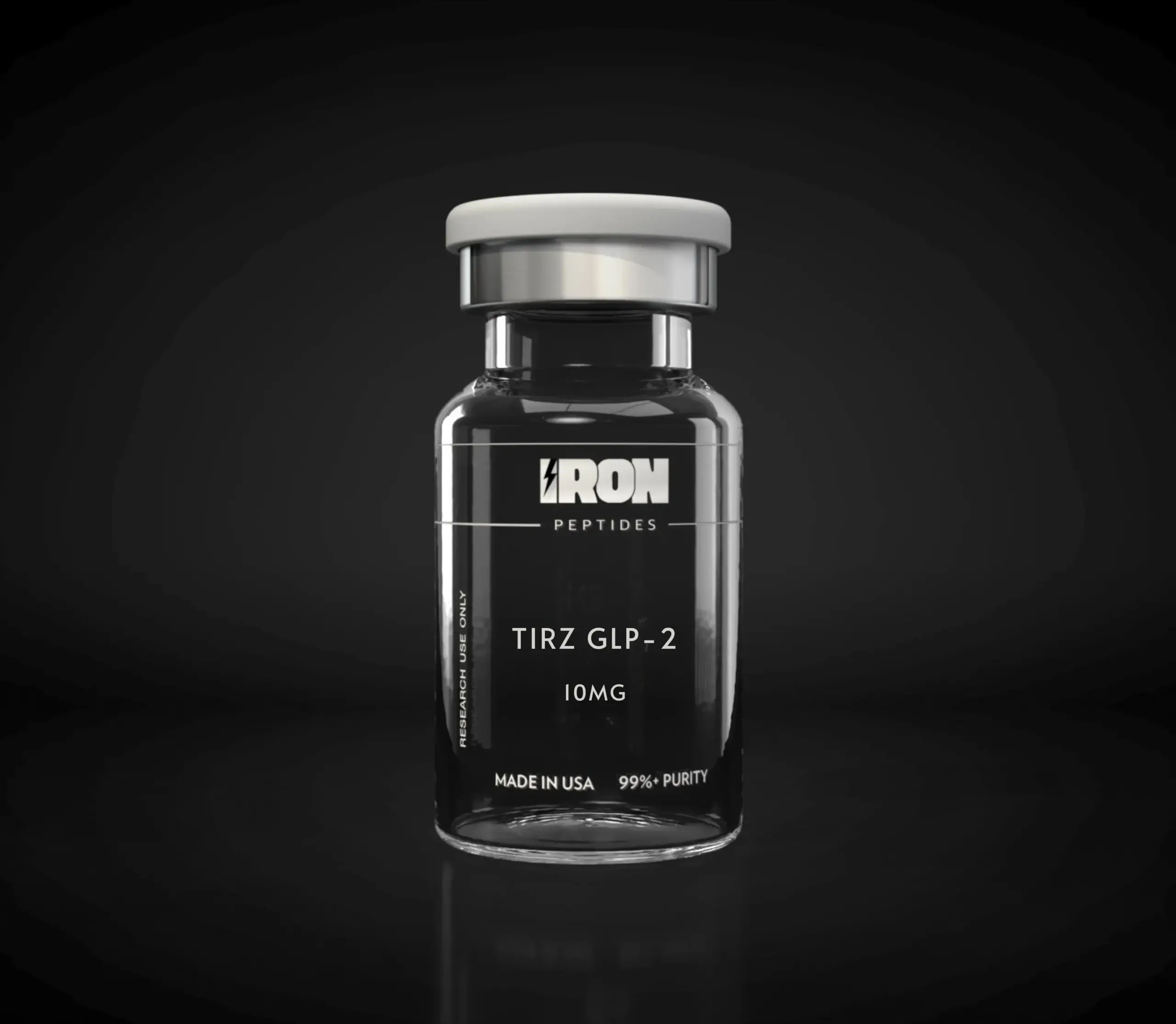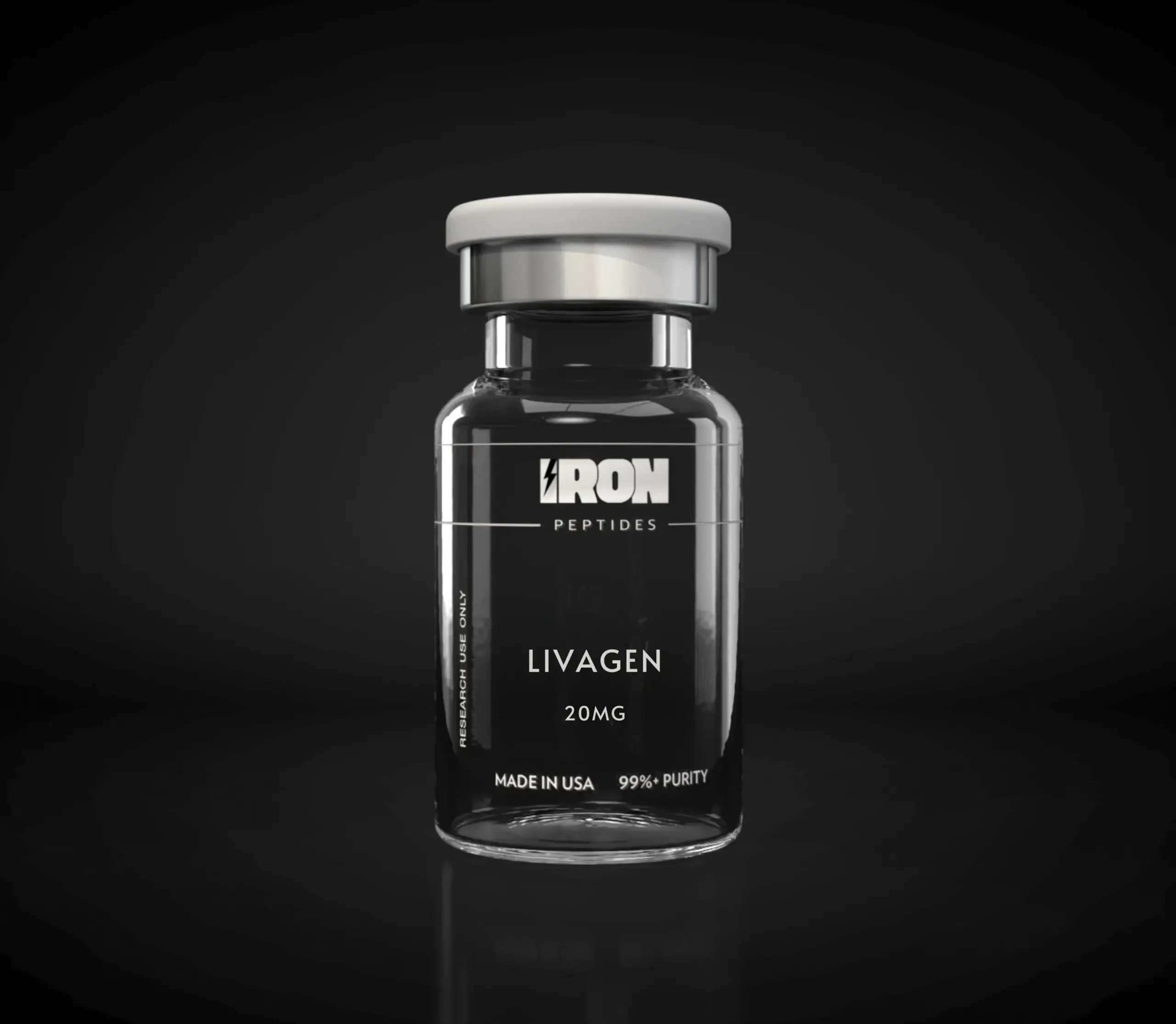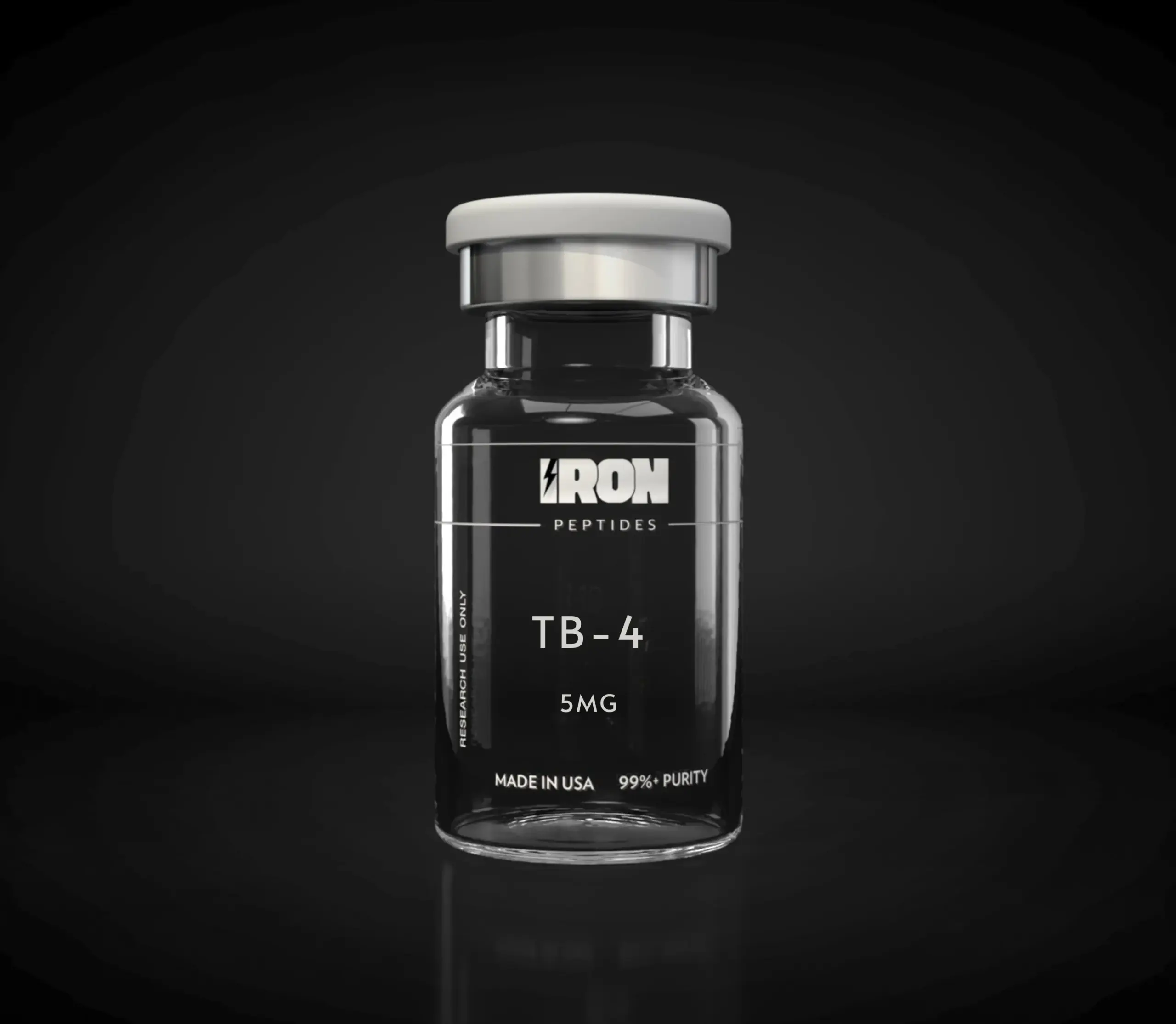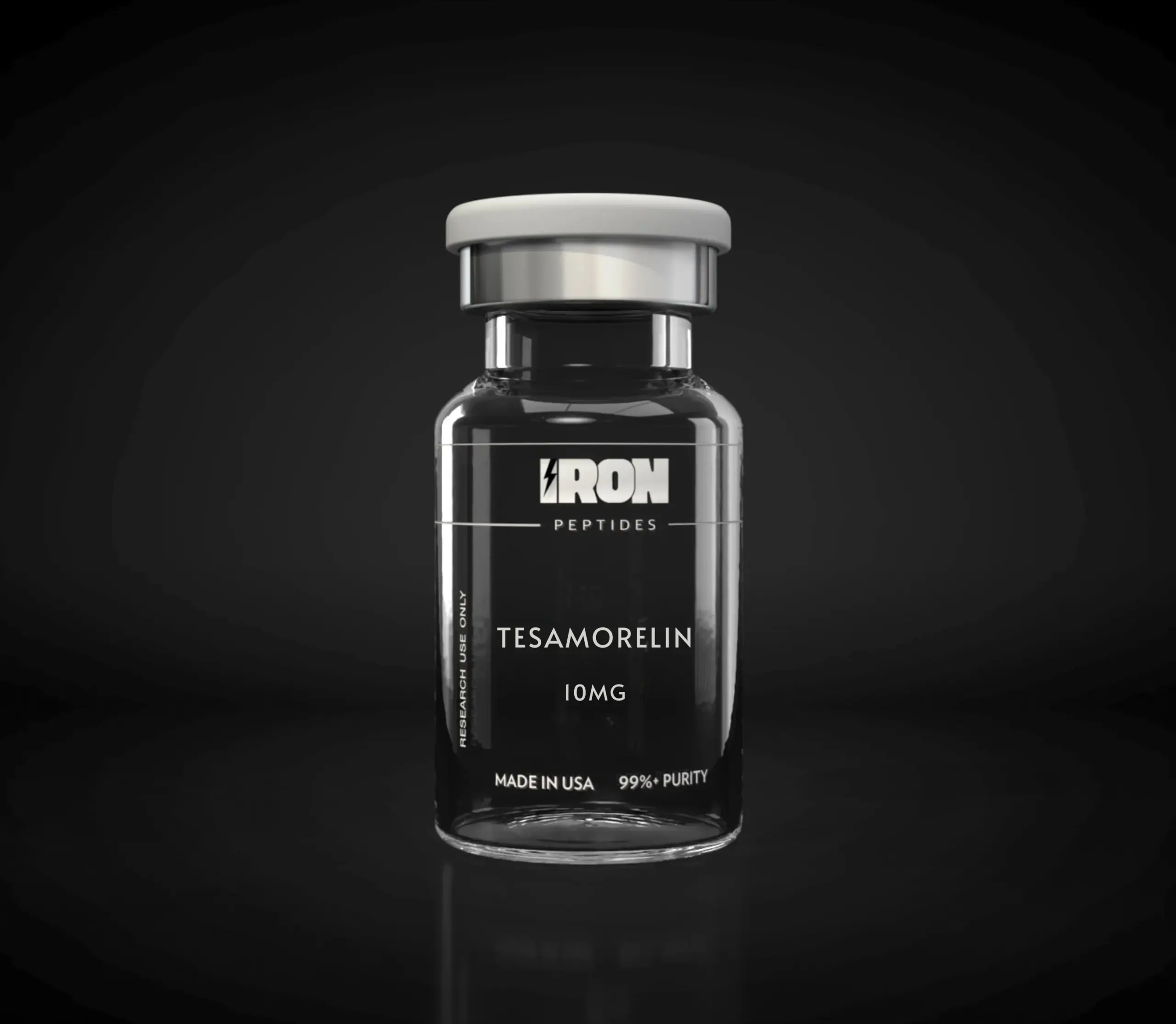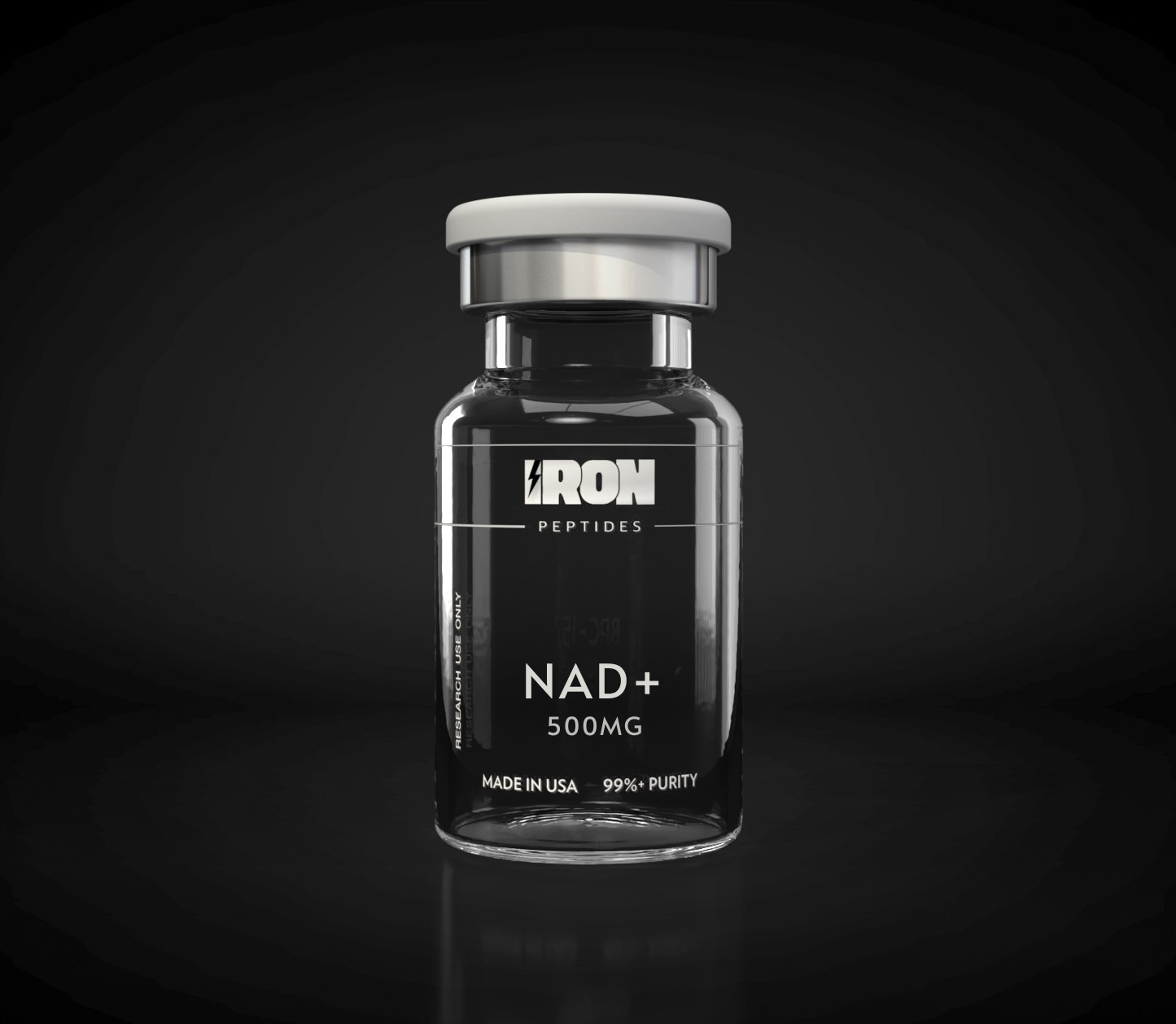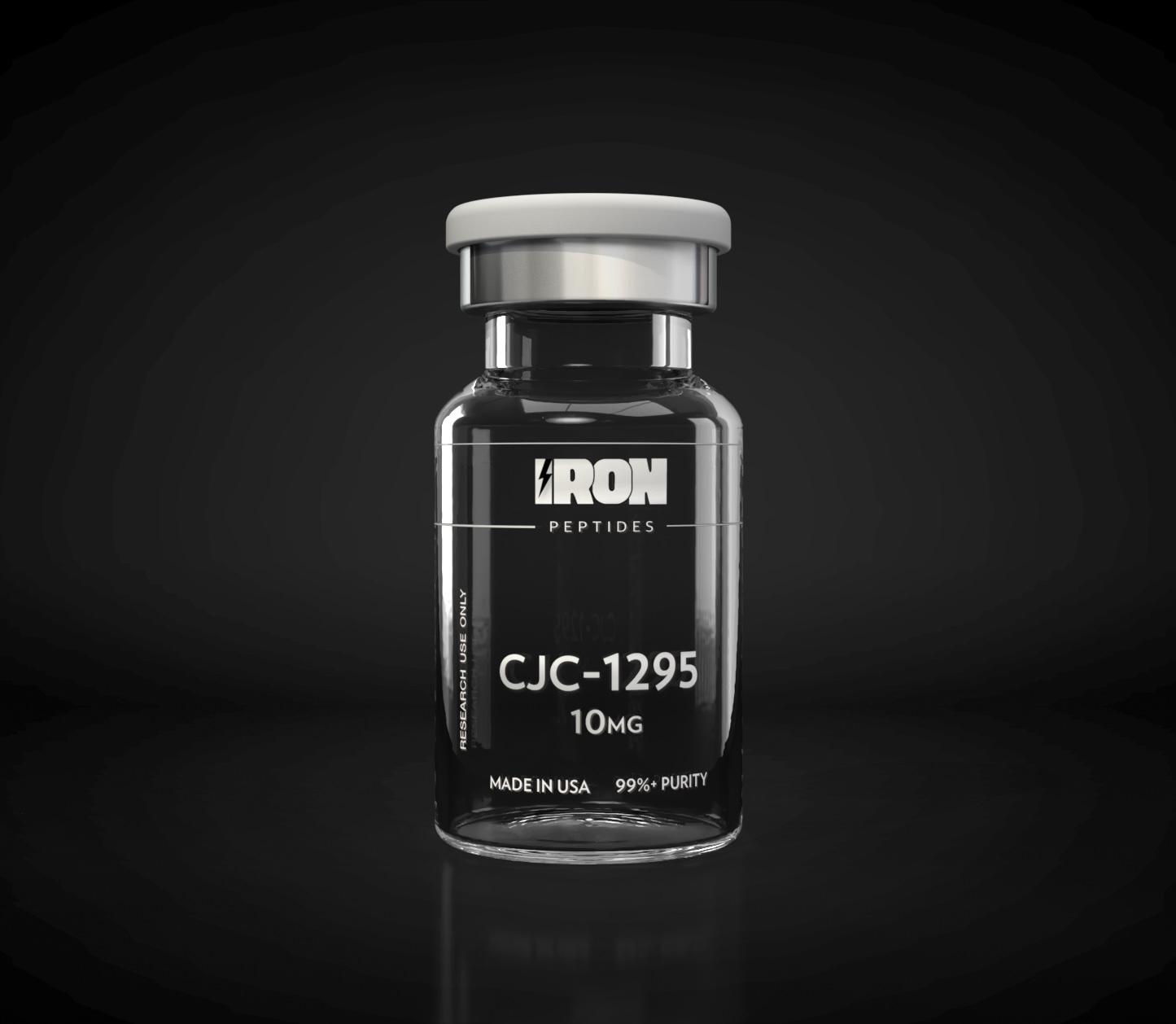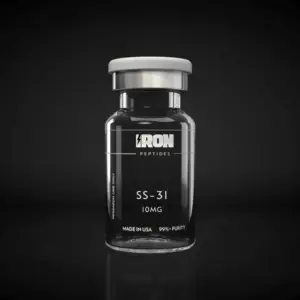SS-31 (10MG)
$99.99
Shipping Calculated at checkout.
Availability: 42 in stock
FREE SHIPPING
99%+ PURITY
MADE IN USA

What is SS-31 (10MG)?

Chemical Structure of SS-31 (10MG)
-
Sequence: D-Arg–Dmt–Lys–Phe–NH₂ (Dmt = 2,6-dimethyl-L-tyrosine).
-
Other identifiers: PubChem CID 11764719; synonyms include Elamipretide, SS-31, MTP-131, Bendavia.
-
Molecular formula & mass: C₃₂H₄₉N₉O₅; approx. 639.8 Da.
-
Properties relevant to research use: small, aromatic-cationic tetrapeptide with a C-terminal amide; net positive charge promotes mitochondrial uptake and cardiolipin interaction. Supplier specs typically list ≥98–99% purity and lyophilized white powder for reconstitution.

What Are the Effects of SS-31 (10MG)?
Below are the major, evidence-backed research findings and experimental uses:
— Mitochondrial bioenergetics and ATP restoration.
SS-31 improves electron transport chain efficiency and can rapidly restore ATP production and P/O coupling in aged or injured mitochondria in animal models. This effect is associated with improved tissue function (for example, skeletal muscle/diaphragm strength in aged rodents).
— Cardiolipin binding and membrane stabilization.
SS-31 preferentially localizes to the inner mitochondrial membrane and binds cardiolipin, stabilizing membrane structure, protecting cardiolipin from peroxidation, and preserving cristae morphology — actions that reduce pathological ROS generation and preserve mitochondrial integrity after stress (e.g., ischemia–reperfusion).
— Reduction of oxidative stress and prevention of mitochondrial permeability transition.
Numerous preclinical studies show SS-31 lowers mitochondrial reactive oxygen species (ROS) and reduces downstream oxidative damage, which contributes to protection in models of ischemia, neurotrauma, and organ injury.
— Organ-level protective effects (cardiac, renal, neural, retinal).
Elamipretide has demonstrated protective effects in models of myocardial ischemia, acute kidney injury, traumatic brain injury and retinal disease; these translate into improved functional outcomes in many animal experiments and early human trials.
— Clinical development & indications under investigation.
Elamipretide has advanced into human clinical trials for mitochondrial myopathies, Barth syndrome, and retinal diseases (e.g., dry age-related macular degeneration). The developer has reported multiple clinical studies; more recently elamipretide received regulatory attention and has been approved for at least one mitochondrial indication. (See clinical trial registry and regulatory sources for current status in your region).
Research applications: mechanistic studies of mitochondrial dysfunction, ischemia/reperfusion injury models, aging and sarcopenia studies, neuroprotection research, ophthalmic mitochondrial dysfunction models, and small-molecule peptide pharmacology.
Safety, formulation & typical supplier specs (research materials)
-
Form: lyophilized white powder (reconstitute per supplier instructions).
-
Purity: commonly ≥98–99% (HPLC) for research lots.
-
Storage: store lyophilized at ≤ −20 °C, protect from moisture and light; prepare aliquots when reconstituting to avoid repeated freeze-thaw cycles.
-
Safety: in preclinical and clinical studies elamipretide has generally been well tolerated; injection-site reactions were a commonly reported, mild adverse event in trials. For any in-vivo work follow institutional animal care and use and biosafety protocols. Consult clinical trial data for human safety signals.
Regulatory & translational note (important)
Elamipretide has progressed into clinical development and—depending on jurisdiction—has been the subject of regulatory review for specific mitochondrial disorders. Recent regulatory milestones (including an FDA approval decision in 2025 for a mitochondrial indication) demonstrate translation beyond preclinical research; still, use of elamipretide for any unapproved human application is not permitted outside sanctioned clinical/regulatory pathways. Always check current regional regulatory status before any clinical-related work.
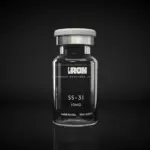 SS-31 (10MG)
SS-31 (10MG)
| 5 star | 0% | |
| 4 star | 0% | |
| 3 star | 0% | |
| 2 star | 0% | |
| 1 star | 0% |
Sorry, no reviews match your current selections

TrustScore 4.6
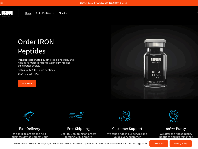
Ironpeptides
4.6
17 Reviews
I decided to try something new with…
I decided to try something new with Iron Peptides, and it has already been very beneficial. Since starting, I’ve noticed many positive effects. I feel motivated to continue, and I’m confident I’ve found the right company to trust on my personal journey—Iron Peptides.
The products
The products, services and information is exceptional

Fist time trying peptides to see what…
Fist time trying peptides to see what all the hype was about. And. I AM HOOKED! Have never felt. Better. 5 months after my neck surgery and I feel amazing. Recovery was easy and I have all my strength back!!
I decided to try something new with…
I decided to try something new with Iron Peptides, and it has already been very beneficial. Since starting, I’ve noticed many positive effects. I feel motivated to continue, and I’m confident I’ve found the right company to trust on my personal journey—Iron Peptides.
The products
The products, services and information is exceptional

Fist time trying peptides to see what…
Fist time trying peptides to see what all the hype was about. And. I AM HOOKED! Have never felt. Better. 5 months after my neck surgery and I feel amazing. Recovery was easy and I have all my strength back!!

